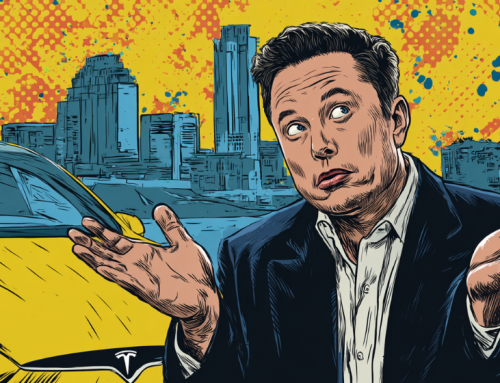
Is a cyborg future becoming reality?
Putting AI Implants in Humans Attracting Interest from Companies
Doug Maclurg of darkreading.com posed an interesting question in his latest commentary on the merging of AI and human beings. Maclurg began with this quote:
Nobel Prize-winning novelist Anatole France famously opined: “It is human nature to think wisely and act foolishly.
The idea that human and artificial intelligence should merge is in fact a reality and getting more interest along with large financial investments. The Tesla and SpaceX chief executive Elon Musk, for instance, suggests “having some sort of merger of biological intelligence and machine intelligence.” His company, Neuralink, aims to make implanting chips in the brain as commonplace as laser eye surgery. Musk believes our phones already make us functional “cyborgs.”
Underlying all this talk is a radical vision of the mind’s future. Ray Kurzweil, the futurist and director of engineering at Google, envisions a technotopia where human minds upload to the Cloud, becoming hyperconscious, immortal superintelligences. Musk believes people should merge with AI to avoid losing control of superintelligent machines, and prevent technological unemployment.
It’s clear that AI has already improved the human existence on a level not seen since the discovery of fire. From the medical field, to the industrial robotics, to any field imaginable, AI and robots are remaking reality. The idea of merging that power into the human brain frightens many people who wouldn’t accept a chip to be smarter or improve memory.
The web site, becominghuman.ai, posted a detailed piece in September 2018 that points out the human/AI merging is already moving ahead with gusto. Aisha Tritle writes:
Elon Musk has been working on Neuralink: a new brain-computer interface (BCI) company. The first goal for Neuralink is to help individuals with severe brain injuries. It utilizes neural lace, an ultra-thin mesh, that is injected into your skull and forms a body of electrodes around your brain to monitor brain function.
MIT is also working on super-thin wires to use in brain implants for medical treatment, and other BCIs are being developed to hopefully execute Biblical-esque miracles such as helping the paralyzed walk again. In late 2017, the Defense Advanced Research Projects Agency (DARPA) also began testing “closed-loop” intracranial AI implants that, after detecting patterns in the brain associated with mood disorders, shock the brain back into a healthy state.
Scientists say the possibilities are nearly unlimited.
But it’s also possible once a chip is implanted that humans and their thoughts could be hacked and manipulated. A person could realistically wonder if a rando company could discover their thoughts and what they did last summer.
Maclurg says he believes humans and AI actually make up for each other’s weaknesses — AI compensating for human nature’s cognitive limits of rationality and error, and humans serving as the wizard behind AI’s Oz, imbuing the technology with as much or as little power as deemed proper. When paired correctly and responsibly, human nature and AI can combine in a copacetic way to foster the strongest levels of enterprise cybersecurity.
This reality of merging humans and AI is no longer just a sci-fi dream. It’s here and humans must deal with the good and bad of the new reality
read more at darkreading.com







Leave A Comment